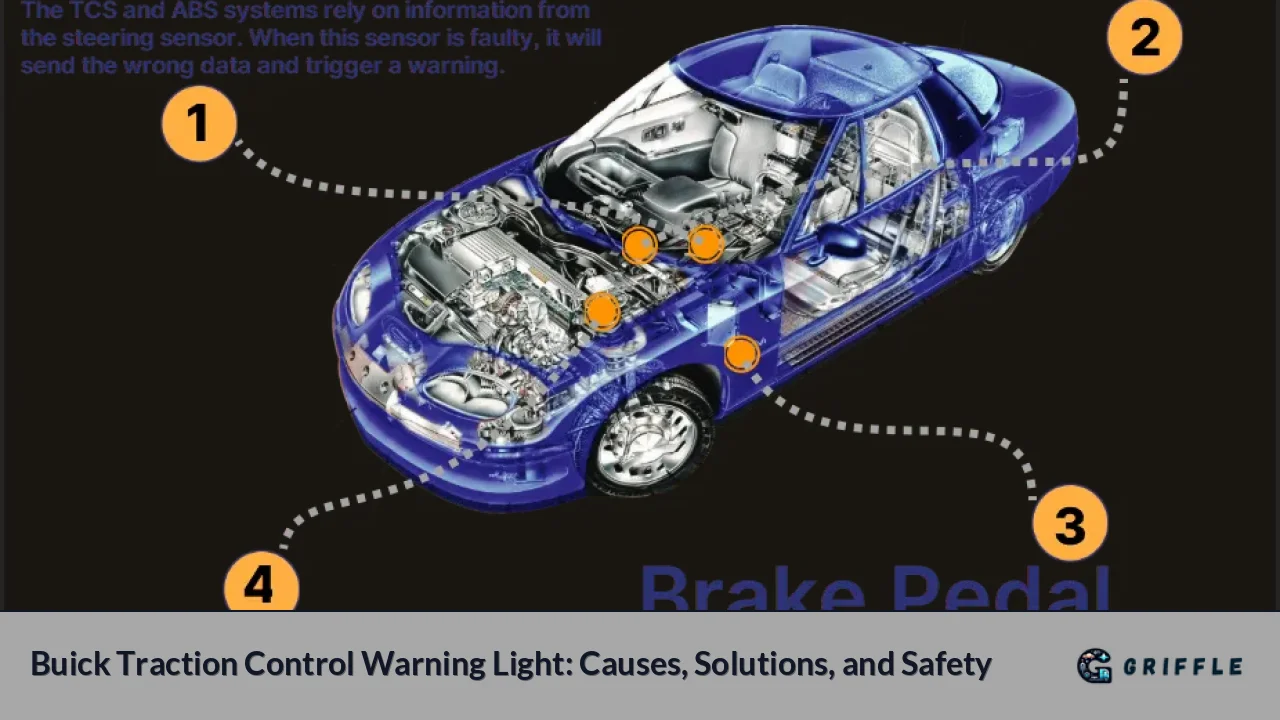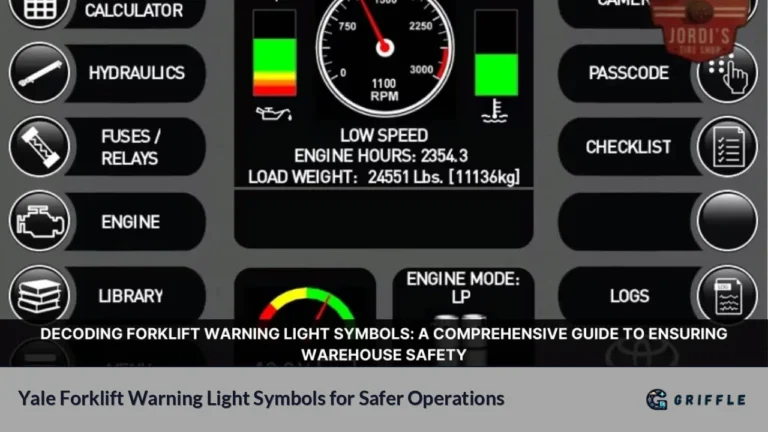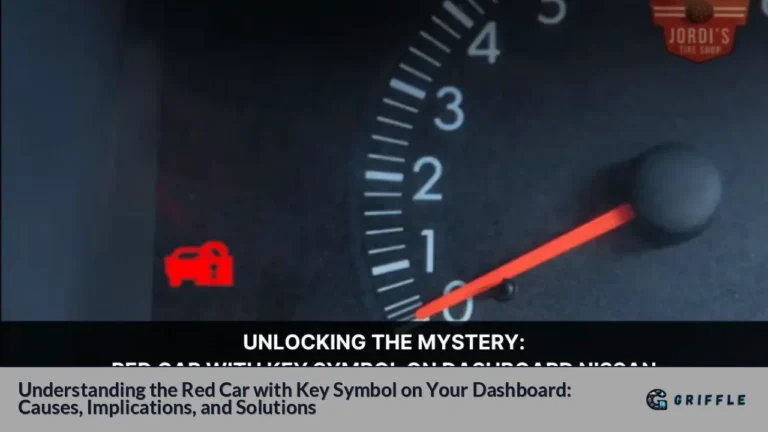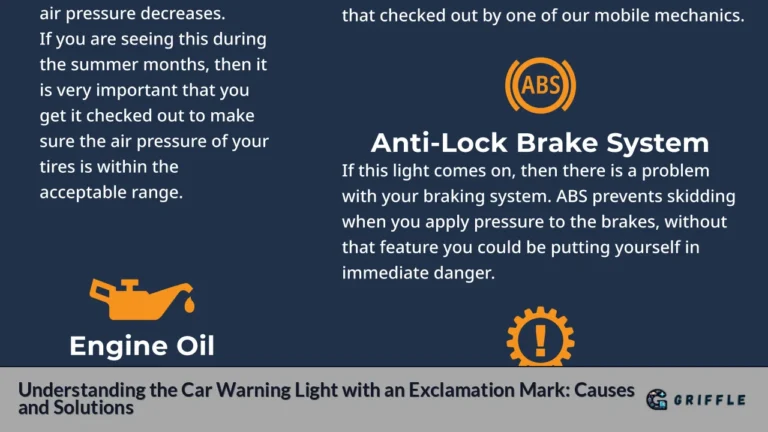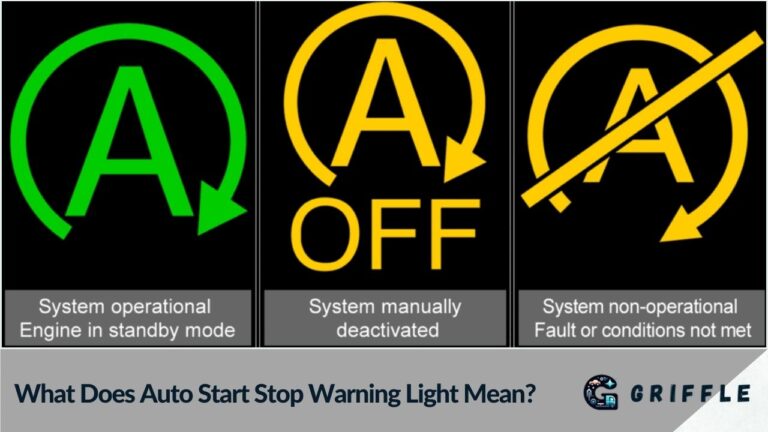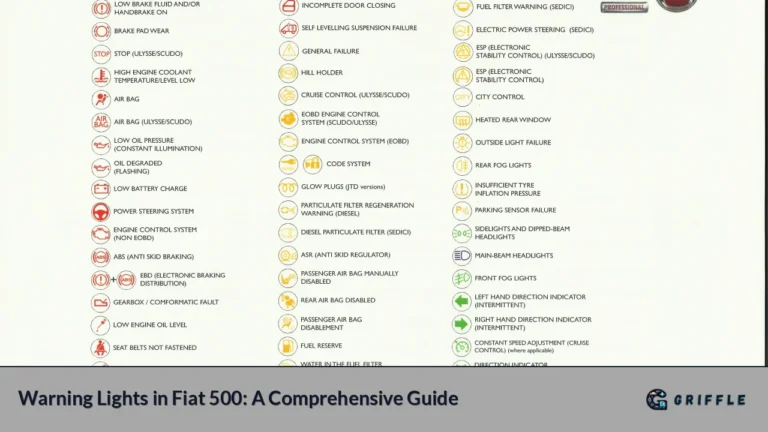The traction control system (TCS) in your Buick is a crucial safety feature designed to help maintain vehicle stability and traction, particularly in slippery conditions. However, when the traction control warning light illuminates on your dashboard, it can be a source of confusion and concern for many drivers. This article delves into the common issues associated with the Buick traction control warning light, providing a comprehensive understanding of its implications, potential causes, and solutions.
The traction control warning light serves as an alert that something may be amiss within the vehicle's traction control system. Understanding what this light signifies is essential for ensuring safe driving conditions and maintaining your vehicle's performance.
This article will explore:
- The function of the traction control system
- Common causes for the warning light activation
- Troubleshooting steps and solutions
- Preventive measures to avoid future issues
To enhance clarity, the following table summarizes key aspects of the traction control system:
| Aspect | Description |
|---|---|
| Function | Prevents wheel spin during acceleration by adjusting engine power or braking. |
| Warning Light Indicator | Illuminates when there is a problem with the TCS or when it is actively engaged. |
| Common Causes for Activation | Faulty wheel speed sensors, low brake fluid, or issues with ABS modules. |
| Recommended Actions | Inspect sensors, check brake fluid levels, and consult a professional mechanic. |
The Function of the Traction Control System
The traction control system is designed to enhance vehicle stability by preventing wheel spin during acceleration. It works in conjunction with the anti-lock braking system (ABS) to monitor wheel speed through various sensors. When the system detects that one or more wheels are spinning faster than others—typically due to slippery conditions—it automatically reduces engine power or applies brakes to those wheels to regain traction.
Importance of TCS
- Safety: Helps maintain control during adverse weather conditions.
- Performance: Enhances driving stability during acceleration.
- Prevention of Skidding: Reduces the likelihood of losing control on slippery surfaces.
Common Causes for Activation of the Traction Control Warning Light
When the traction control warning light comes on, it can indicate various underlying issues. Here are some common causes:
1. Faulty Wheel Speed Sensors
Wheel speed sensors play a vital role in monitoring each wheel's speed and relaying this information to the vehicle's computer. If these sensors malfunction or become dirty, they may send incorrect signals, causing the TCS light to activate.
Symptoms: The TCS light may illuminate continuously or intermittently while driving.
2. Low Brake Fluid Levels
Low brake fluid can affect both the braking system and the TCS functionality. Insufficient fluid levels may prevent proper brake engagement during TCS operation.
Symptoms: You may also notice a spongy brake pedal or other brake-related warning lights.
3. ABS Module Issues
The ABS module is integral to both ABS and TCS operations. If it fails or has a fault, it can trigger warning lights for both systems.
Symptoms: The ABS light may also be illuminated alongside the TCS light.
4. Electrical Problems
Corroded wiring or faulty connections can disrupt communication between components in the TCS and ABS systems.
Symptoms: Intermittent warning lights that turn on and off unpredictably.
5. Engine Power Imbalance
An imbalance in engine power distribution can confuse the TCS, leading to unexpected activation of the warning light.
Symptoms: Unusual behavior during acceleration or deceleration.
Troubleshooting Steps and Solutions
If you encounter an illuminated traction control warning light in your Buick, follow these troubleshooting steps:
Step 1: Check for Diagnostic Trouble Codes (DTCs)
Using an OBD-II scanner, check for any stored codes related to the TCS or ABS systems. This will help pinpoint specific issues that need addressing.
Step 2: Inspect Wheel Speed Sensors
Physically inspect each wheel speed sensor for dirt or damage. Clean any debris that may be obstructing sensor function.
Step 3: Check Brake Fluid Levels
Ensure that your brake fluid reservoir is filled to the recommended level. If it's low, refill it with the appropriate brake fluid type as specified in your owner’s manual.
Step 4: Examine Wiring and Connections
Inspect wiring harnesses connected to wheel speed sensors and ABS modules for signs of wear or corrosion. Repair any damaged connections as necessary.
Step 5: Consult a Professional Mechanic
If you are unable to identify or resolve the issue through these steps, consult a qualified mechanic for further diagnosis and repair.
Preventive Measures to Avoid Future Issues
To minimize the chances of encountering traction control problems in your Buick:
- Regular Maintenance: Schedule routine inspections of your vehicle's braking system and electrical components.
- Sensor Cleaning: Periodically clean wheel speed sensors to prevent dirt buildup that could affect performance.
- Brake Fluid Checks: Regularly check brake fluid levels and replace fluid as needed according to manufacturer recommendations.
- Watch for Warning Lights: Pay attention to any dashboard indicators; early detection can prevent more significant problems down the line.
Conclusion
Understanding your Buick's traction control warning light is essential for maintaining vehicle safety and performance. By recognizing common causes for its activation and taking appropriate troubleshooting steps, you can ensure that your vehicle remains in optimal condition. Regular maintenance and prompt attention to warning lights will help you enjoy a safer driving experience.
FAQs
- What does it mean when my Buick's traction control light comes on?
It indicates that there may be an issue with the traction control system or that it is actively engaged due to slippery conditions. - Can I drive my Buick with the traction control light on?
While it's generally safe to drive short distances, it's advisable to have it checked by a professional as soon as possible. - How do I reset the traction control light?
You can often reset it by turning off your vehicle and restarting it; however, if it remains on, further diagnosis is needed. - What should I do if both ABS and traction control lights are on?
This usually indicates a problem with either system; check your brake fluid levels first, then consult a mechanic. - How often should I have my traction control system serviced?
Follow your vehicle's maintenance schedule; typically once a year or as specified in your owner's manual.
